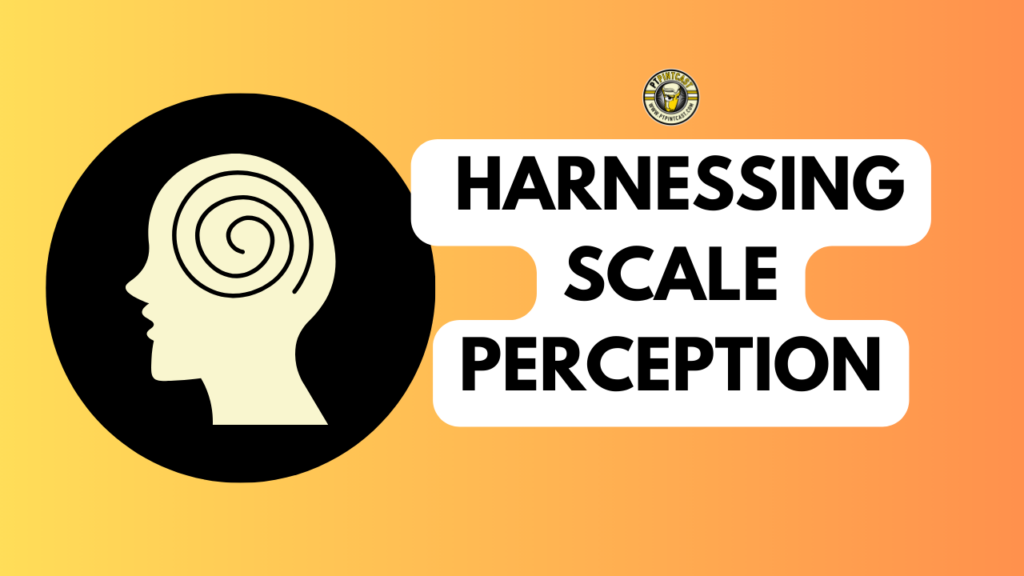Have you ever found yourself marveling at the vastness of the universe, only to shrug moments later when someone mentions galaxies beyond our own? Or perhaps, when hearing about a global crisis, you felt a deeper connection to a single person’s story rather than the overwhelming statistics? Welcome to the quirky workings of the human brain and its quirky relationship with scale.
The Brain’s Limited VIP Room:
Imagine a VIP room in a posh club. It’s exclusive, allowing only a few guests at a time. This is akin to our brain’s emotional processing center. While the club (our mind) knows there’s a vast crowd outside (the real scale of things), the VIP room can only accommodate so much. The story of one person, a single patient’s progress, or a touching anecdote holds our attention. But when the numbers increase, our brain doesn’t linearly scale up the emotional intensity. This phenomenon is known as “scope insensitivity,” and it’s a universal human trait.
From Universe to Clinic:
You might wonder, “What do galaxies and global crises have to do with my physical therapy practice?” Quite a lot, actually. When explaining the importance of a treatment plan or exercise regimen to patients, scale plays a vital role. Let’s delve deeper:
- Personalizing the Narrative: Instead of focusing solely on broad outcomes or general statistics, highlight individual success stories. Our brains resonate more with singular, personalized tales. A story of a person who recovered fully from a similar injury can be more motivating than mentioning success rates in percentages.
- Break It Down: When discussing long-term plans or significant progress charts, break them down into smaller milestones. Celebrating minor victories can create a more immediate emotional connection than waiting for a larger, distant goal.
- Visualization: A picture is worth a thousand words, and in the world of physical therapy, this couldn’t be truer. Visual aids, like progress graphs or even before-and-after photos, can help bridge the scale gap and make abstract scales more tangible.
The Flip Side – Small Steps, Big Leaps:
Interestingly, the same cognitive bias that downplays big numbers can work in our favor. When patients get discouraged by the magnitude of their recovery journey, reminding them of the smaller steps they’ve already taken can create a disproportionally positive emotional impact. It’s not about undermining the journey’s length, but about celebrating each step’s weight.
In The End:
In the vast landscape of human cognition, understanding our brain’s idiosyncrasies can be a powerful tool. As physical therapists, we’re not just treating bodies but minds as well. Recognizing and harnessing the concept of scope insensitivity can add another feather to your cap, allowing you to connect, motivate, and support your patients in more profound ways.
Remember, while the universe might be vast and incomprehensible, the world of your patients is the space they occupy and the progress they make, one step at a time.
More to Learn
Here’s another article we wrote on the concept of Loss Aversion

